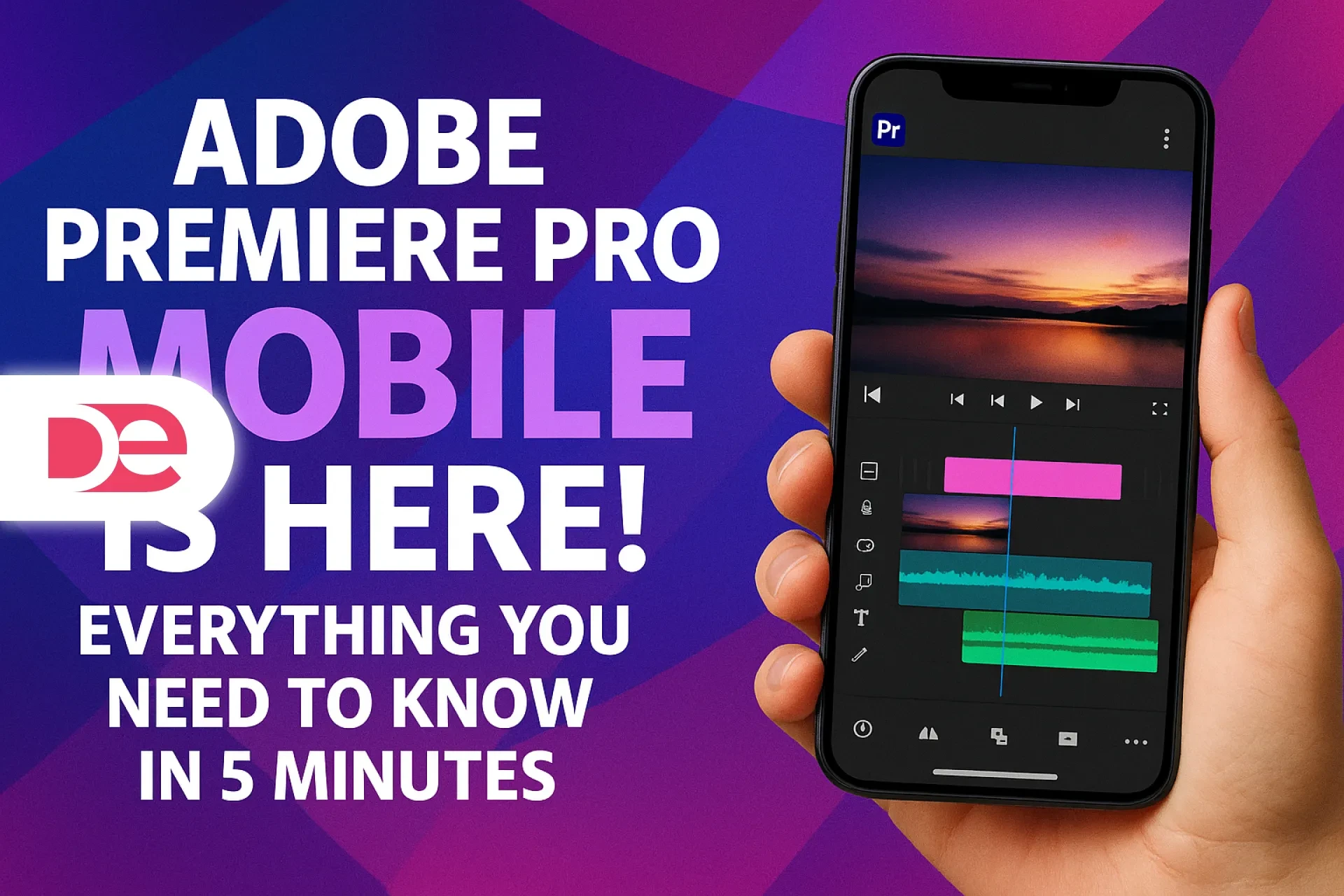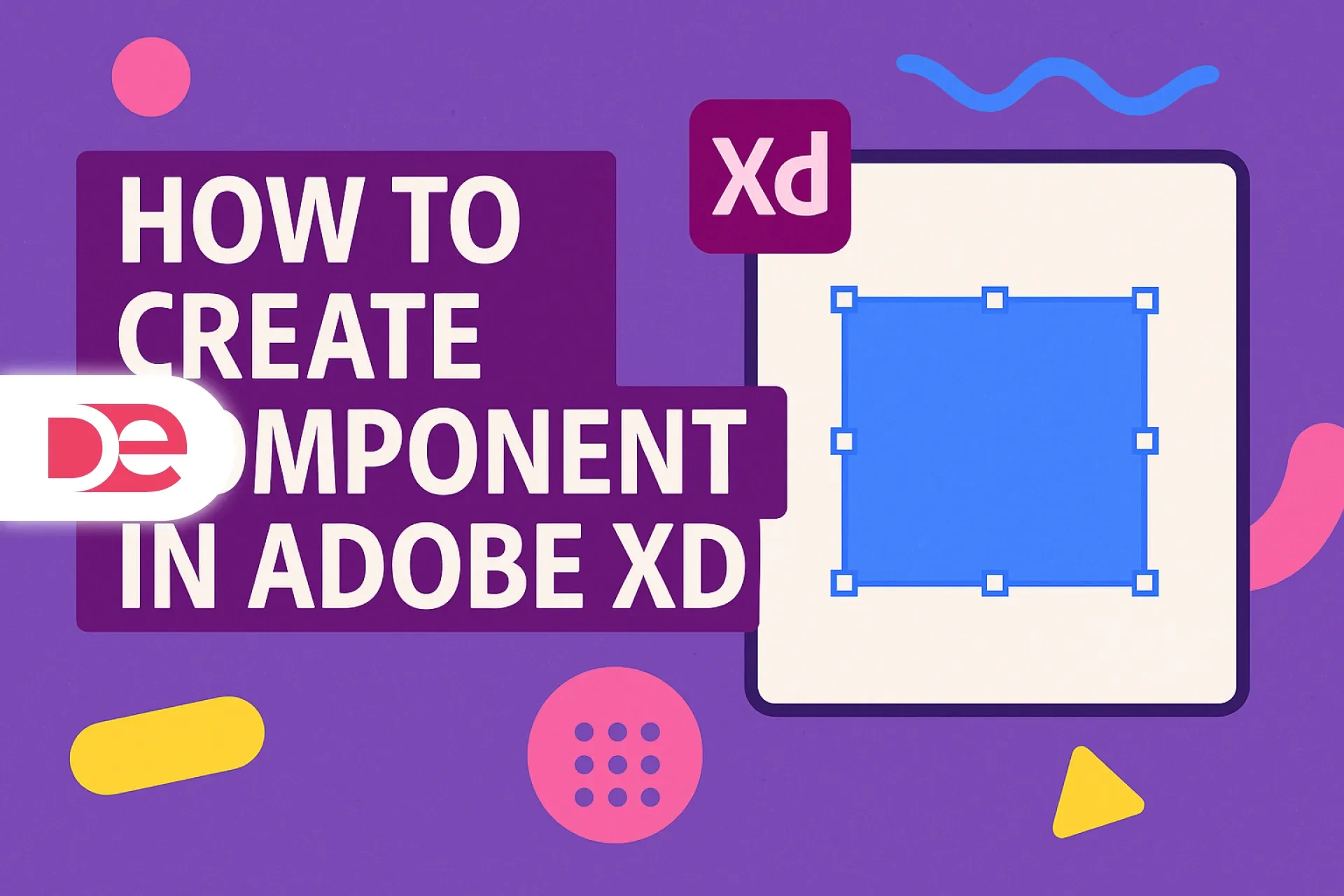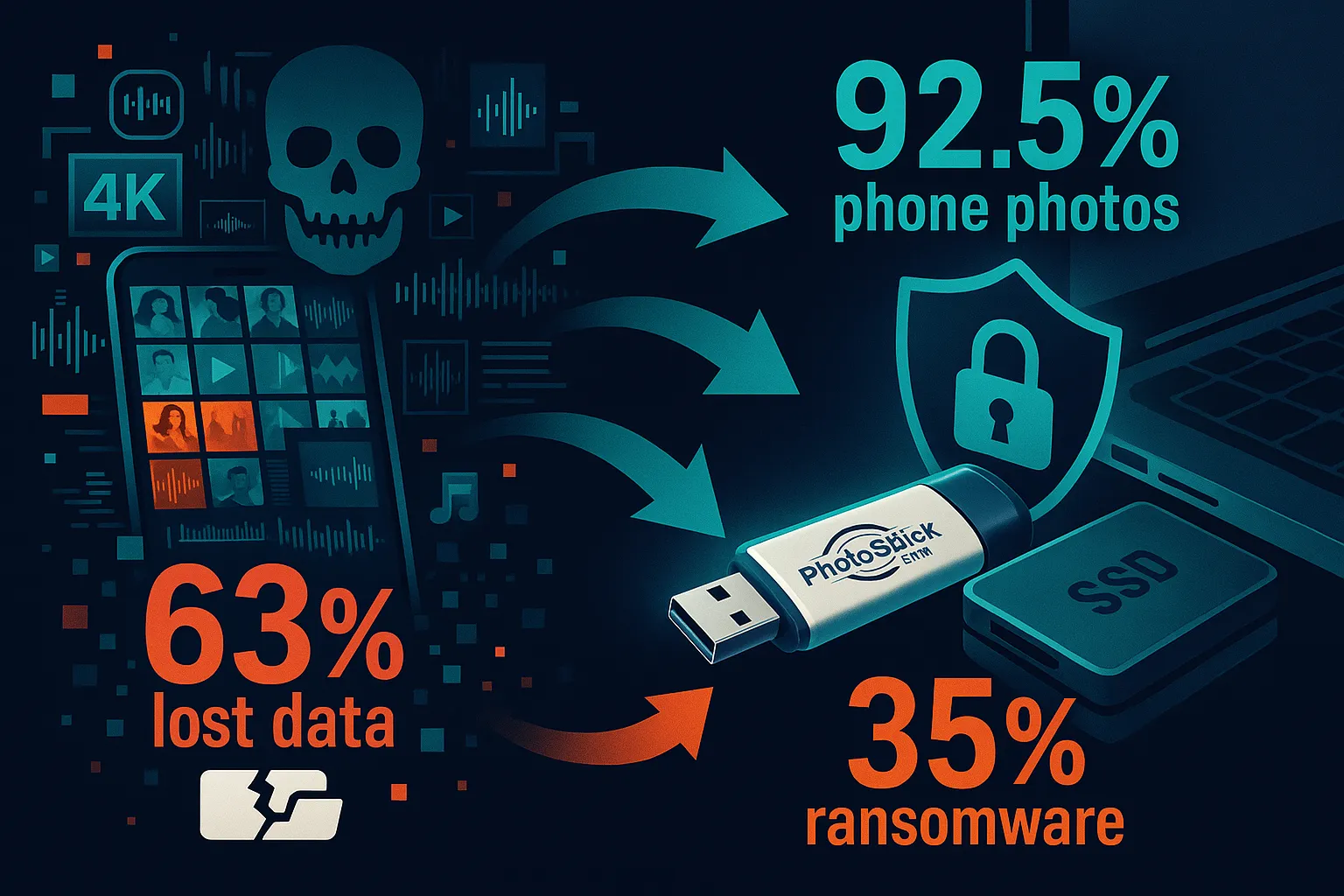Affiliate disclosure: This article contains affiliate links. If you click and purchase, we may earn a commission at no extra cost to you.
Table of Contents
Your photos, 4K vacation clips, podcast masters, and family scan archives are only as safe as your backup routine. That should make you nervous: 63 % of consumers have already lost important data to device failure, accidental deletion, or cyberattacks, and a shocking number still don’t back up at all. Those sobering stats surfaced during World Backup Day 2025 coverage, where experts re-upped the industry’s core survival rule: always keep multiple, redundant copies of irreplaceable files.
The urgency is real. Smartphone cameras now account for 92.5 % of all photos captured worldwide, and the typical phone user holds ≈ 2 795 images in a single camera roll—an ever-expanding at-risk library that often lives on one fragile device. Meanwhile, data loss at the business level is driven by ransomware and hardware failure; 35 % of all cyberattacks tracked in 2025 were ransomware, underscoring why off-device, offline copies matter.
This guide explains what “long-term digital media storage” really means, compares storage media lifespans, lays out a practical multi-layer workflow, and shows where a plug-and-go device like PhotoStick Omni—available through the official promo site at getthephotostickomni.io—fits into a modern, resilient strategy. We’ll finish with expert tips, pitfalls to avoid, and a checklist you can act on today. Let’s protect those pixels before they disappear.
Definitions & Context: What Counts as “Long-Term” Digital Media Storage?
• Archive vs. Backup → A backup is a recoverable copy of live data; an archive is a long-retention snapshot you may not touch for years. Experts warn that a single copy—backup or archive—doesn’t equal protection; redundancy across media types is key.
• 3-2-1 (and 3-2-1-1) Rule → Keep three copies of your data, on two different media types, with one copy off-site (air-gapped if possible). Modern guidance expands that to 3-2-1-1 by adding an immutable or offline copy for ransomware resilience.
• Media Lifespan → How long a storage technology can reliably retain bits before corruption risk spikes. Expected ranges vary: spinning disks often last 3-7 years; tape may exceed 20 years; consumer SSD retention when unpowered can drop sooner than many assume.
• Annualized Failure Rate (AFR) → The projected percentage of drives in a fleet that will fail in a year. Recent datasets log ≈ 1.4 % AFR across large HDD populations—evidence that hardware fails routinely.
• Removable, Multi-Device Backup Appliance → A self-contained USB device with on-board software that scans, de-duplicates, and copies photos/videos from phones and computers without a subscription. PhotoStick Omni leads this category with cross-platform ports and auto-find software.
The Scale of Your Media Problem (Yes, You Have One)
The world’s data footprint keeps exploding. Mobile users alone generate ≈ 1.8 trillion photos annually and are drowning in disorganized libraries; more than half say searching their own camera roll is overwhelming. When data disappears, the pain is real—reader surveys are full of horror stories of laptops drowned in coffee, with recoveries costing more than the hardware itself.
Bottom line: volume + fragility + human procrastination = risk. You need automation, media diversity, and at least one offline copy that ransomware can’t encrypt.
How Different Storage Media Age Over Time
Spinning Hard Disk Drives (HDD)
• Realistic service life 3-7 years in everyday environments; mechanical shock and heat accelerate failure.
• Large HDD fleets show measurable churn—recent reviews report ≈ 1.4 % quarterly AFR across hundreds of thousands of drives.
• Massive capacities (30 TB+ enterprise, 28 TB consumer) deliver low cost per TB for “warm” local backups.
Solid-State Drives (SSD / NVMe)
• Fast, shock-resistant, but unpowered data retention degrades; warm conditions can shorten shelf life.
• Tech press routinely reminds users not to rely on cold-stored SSDs as sole archives.
Tape (LTO)
• Archival heavyweight: 20–30 year potential life when stored correctly; cartridge cost <\$5/TB at volume.
• Slower access, specialized drives—best for large “cold” vaults, not daily edits.
Optical (Archival Blu-ray / M-Disc)
• Stable if stored cool/dry; actual multi-decade proof still forming; recommended as a supplement copy.
Cloud Backup
• Off-site, versioned copies shield against local disasters; ideal when paired with at least one physical copy.
• Tiered pricing and bandwidth ceilings vary; choose a provider with ransomware rollback/versioning.
Removable Multi-Device Media Collectors (PhotoStick Class)
• Purpose-built to hunt scattered media across phones and PCs, de-duplicate, and copy offline—critical where bandwidth is limited or subscription fatigue is real.
• PhotoStick Omni automatically locates media across iOS, Android, Windows, and Mac without monthly fees.
Step-by-Step: Building a Long-Term Digital Media Preservation Workflow (Hybrid 3-2-1)
1 — Inventory Your Media Sources
• Phones, tablets, laptops, external drives, cloud galleries.
• Expect thousands of files per device; the average smartphone holds ≈ 2 795 images.
2 — Consolidate & De-Duplicate Locally
• Plug PhotoStick Omni into each device and run its auto-scan utility to locate and copy photos/videos—even across mixed OS households.
3 — Create Primary Working Library
• Import consolidated media from PhotoStick Omni to a main drive or NAS where you’ll curate and tag.
• Keep the stick stored separately as your first offline snapshot (up to 128 GB ≈ 51 000 photos).
4 — Establish Local Redundant Copy
• Mirror the working library to a high-capacity external HDD (28 TB units widely available).
• Monitor drive health; remember that hardware fails.
5 — Push Off-Site / Cloud Backup
• Sync the curated library to a versioned cloud service. This protects against fire, theft, and regional disasters.
6 — Add an Immutable / Offline Archive Layer
• For heirloom assets, burn to archival optical or write to LTO tape stored off-site.
7 — Schedule Health Checks & Refresh Cycles
• Re-copy to fresh media every 3-5 years; validate tape/optical integrity periodically.
8 — Document Where Everything Lives
• Keep a plain-text manifest in cloud + printed form listing locations, media types, passwords, and renewal dates.
Where PhotoStick Omni Fits (and Why It Solves a Real Gap)
• Cross-Platform Ports Built In → USB-A/USB-C/Lightning/micro-USB inside one device.
• Automatic File Discovery → Scans common formats so you don’t manually drag folders.
• No Subscription Required → Pay once; perfect if you dislike recurring fees.
• High-Capacity SKUs → 128 GB model stores ≈ 51 000 photos.
• Bandwidth-Independent Backup → Works anywhere—no internet necessary.
Use PhotoStick Omni to collect, then graduate your archive to larger, slower, cheaper media (HDD, tape, cloud) as volume grows.
Pros, Cons & Risk Management of Long-Term Media Options
Local Removable Devices (PhotoStick Omni, USB Drives)
• Pros: Instant capture across devices; portable; offline ransomware shield.
• Cons: Easily misplaced; limited capacity; user must remember to run scans.
• Risk Move: Label and store in a fire-resistant pouch; set monthly reminders.
External HDD Vault
• Pros: Massive low-cost capacity.
• Cons: Mechanical failure risk; monitor SMART health.
• Risk Move: Rotate two drives; keep one off-site.
SSD Libraries
• Pros: Fast; shock tolerant.
• Cons: Questionable cold-shelf retention.
• Risk Move: Power periodically; mirror to HDD/tape.
Cloud Backup
• Pros: Off-site redundancy; versioning; multi-device sync.
• Cons: Ongoing cost; restore speed depends on bandwidth.
• Risk Move: Export data occasionally; maintain a local copy.
Tape / Archival Optical
• Pros: Multi-decade media life; low $/TB at scale.
• Cons: Specialized hardware; slower retrieval.
• Risk Move: Track media generation; refresh on schedule.
Practical Example: Saving a Decade of Family Media in One Weekend
Scenario
You and your partner each have 2 phones, 2 aging laptops, and a DSLR card drawer—≈ 25 000 photos + 1 TB of mixed 1080p/4K video.
Goal
Create a durable, organized archive with at least three redundant copies before a cross-country move.
Weekend Workflow
• Friday Night → Run PhotoStick Omni on every device; auto-scan collects scattered media.
• Saturday Morning → Import contents into a master folder on a new 28 TB external HDD; tag by year/event.
• Saturday Afternoon → Install a cloud-backup client and sync the master library.
• Sunday → Burn top-tier memories to archival optical or tape for immutable storage.
Outcome
Device originals + PhotoStick Omni grab + HDD master + cloud copy + offline set = a disaster-proof archive.
Common Mistakes & Expert Tips
• Mistake: Thinking iCloud or Google Photos equals a full backup.
• Tip: Cloud sync mirrors deletions; keep an offline copy.
• Mistake: Relying on one aging external drive.
• Tip: Drives fail—rotate or clone yearly.
• Mistake: Parking archives on an unpowered SSD.
• Tip: Use SSDs for active work, not cold storage.
• Mistake: Manual drag-and-drop chaos.
• Tip: Automate discovery with PhotoStick Omni.
• Mistake: Ignoring the off-site copy rule.
• Tip: Local-only backups are single points of failure.
FAQs
Action Plan: Lock Down Your Memories Today
• Consolidate scattered photos/videos with PhotoStick Omni (grab at getthephotostickomni.io).
• Build a master library on a roomy external HDD (28 TB drives are affordable).
• Sync to a versioned cloud backup for off-site resilience and ransomware rollback.
• Add an immutable/offline layer (optical or tape) for heirloom content (3-2-1-1 rule).
• Set recurring test restores—untested backups are as good as none.
Protecting decades of digital memories doesn’t require enterprise budgets—just a plan, the right tools, and the discipline to keep copies current. Start with the easiest win: plug in a PhotoStick Omni and rescue what’s sitting on your phones right now. Everything else builds from there.











































